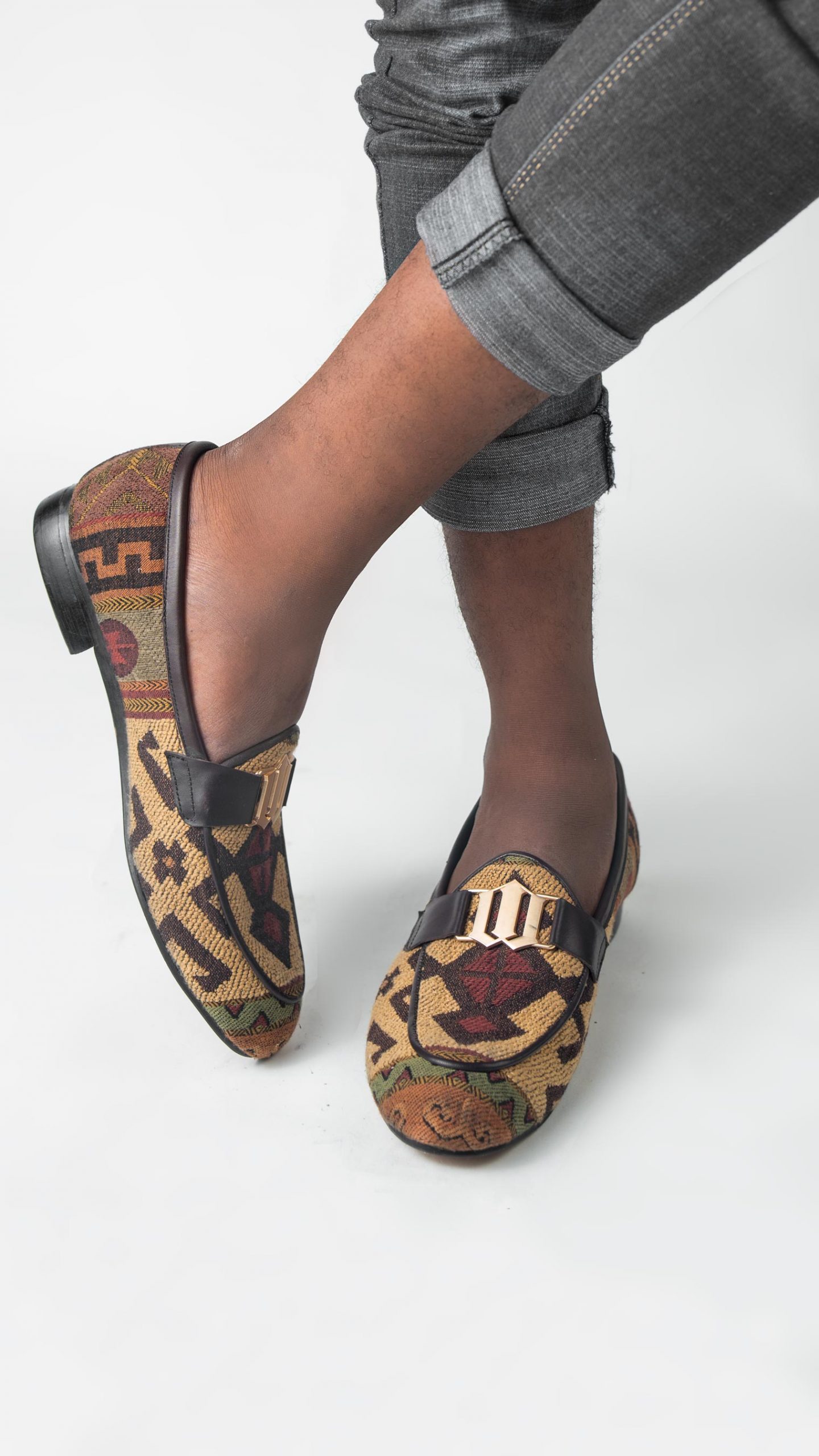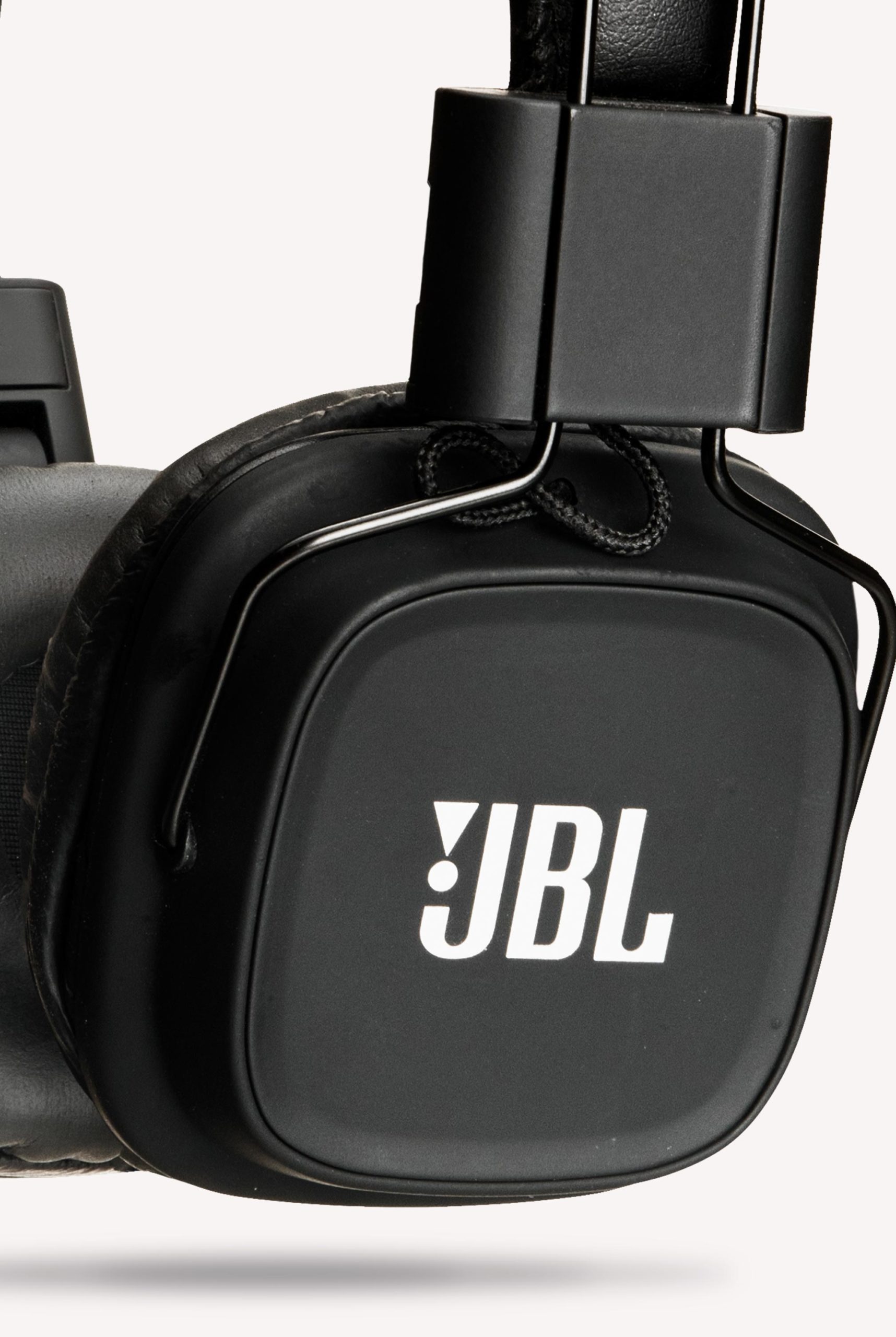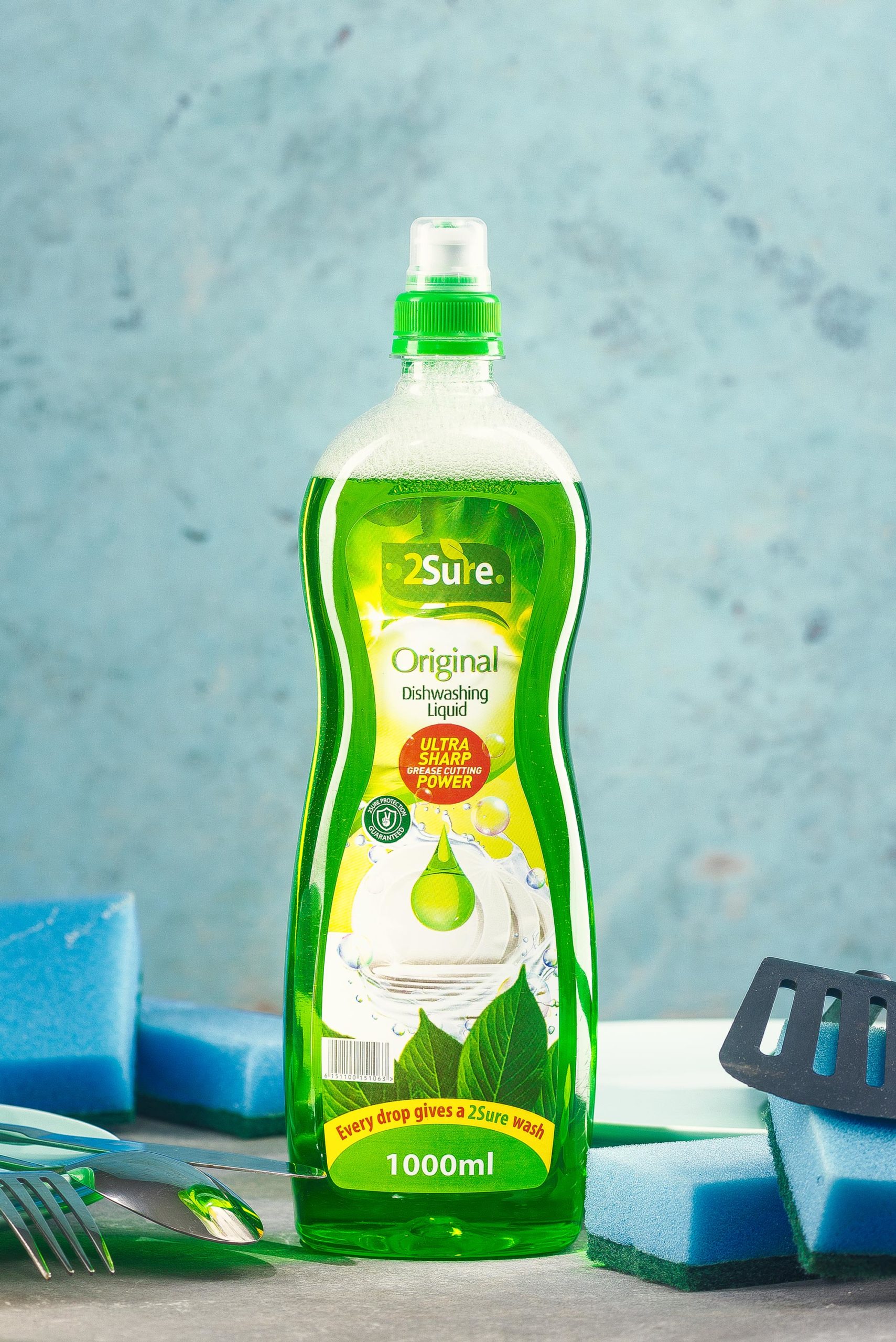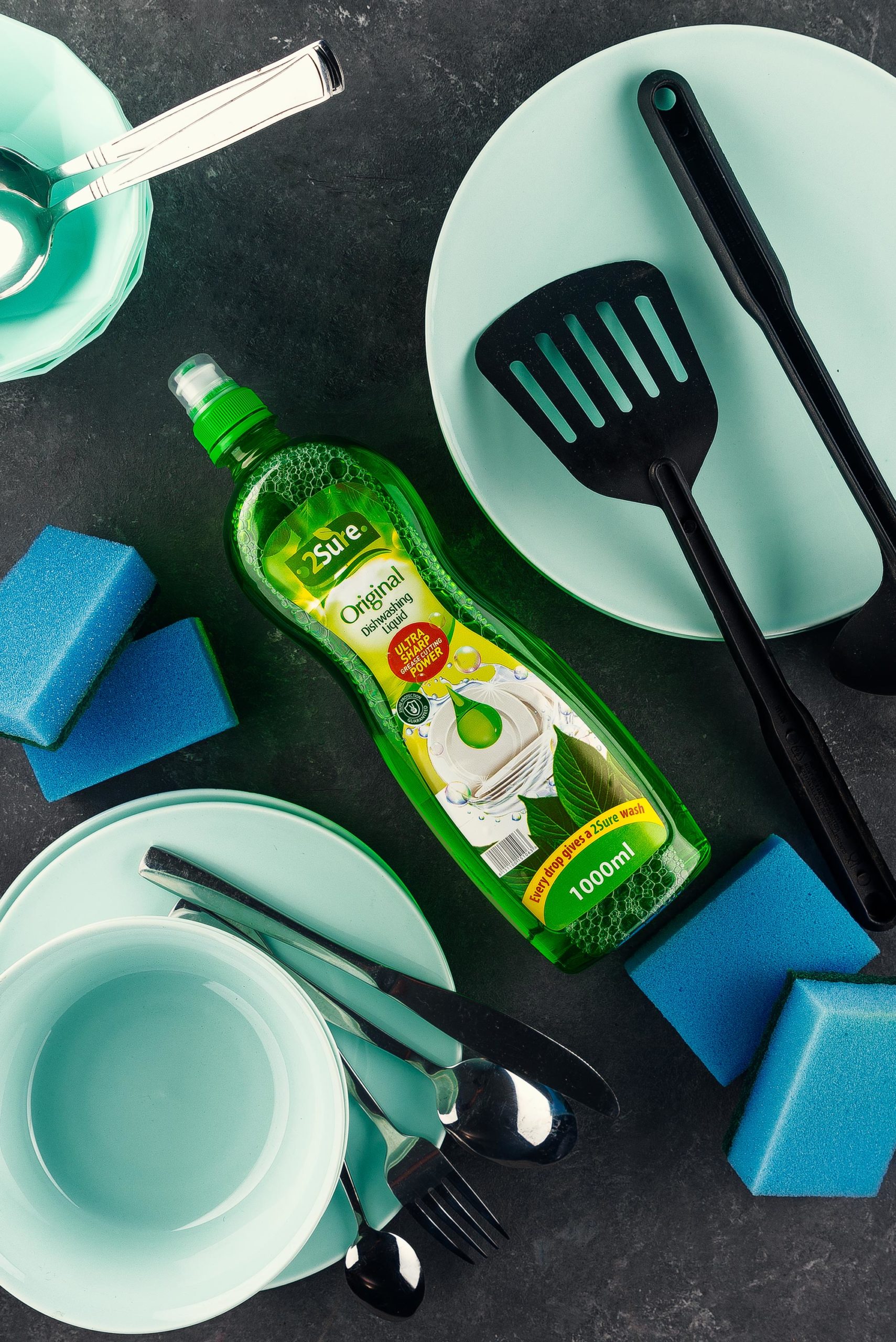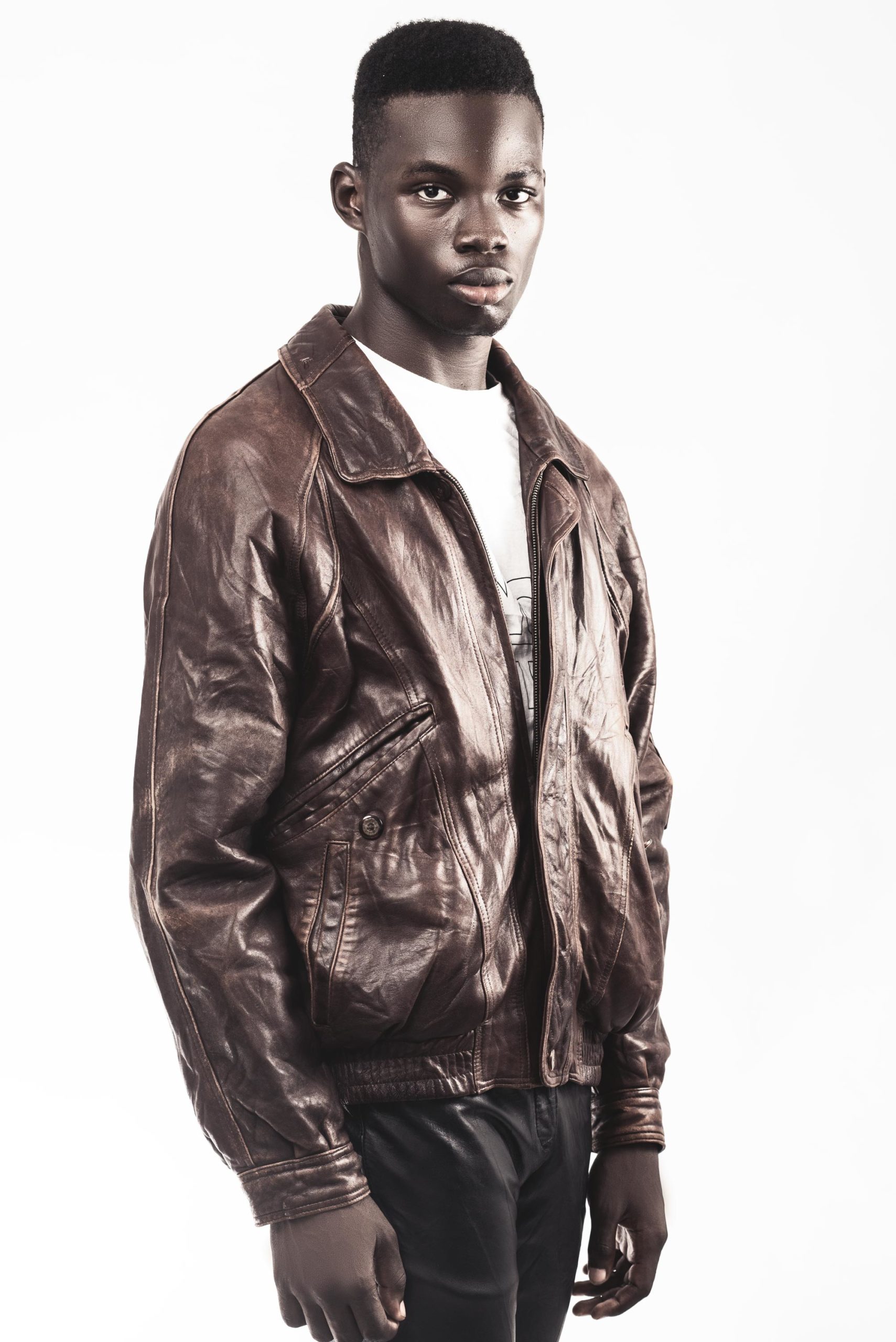Research has shown that online buyers always do not have a mindset to buy a particular thing – it is the image that appeals to their eyes, especially when they click for a better outlook. A buyer closely checks the product images by zooming them, these images give them an idea of how it would suit their utility. Always make sure that there are more than rough images for the customer to go through.
In related news, you will find 10 Key Features of a Good eCommerce Website useful if you would like to improve the quality of your eCommerce store. In this article, we will explore some important tips that will guide you to having the best product images that can help you become #aBrandThatSells.
What is a Product Image?
1. Have Clear Rules That Result In High-Quality Image
2. Use the Proper Size (kb) and Resolution (px)
3. Adding Several Angles to Your Product Images is Very Helpful
4. Display Each Color or Option with Different Product Images
5. Use a Close Up Shot to Disclose Materials and Details
6. Your Product Images Should Give a Sense of Context and Scale
7. Lighting is Key to Bringing Out the Best in Your Product Images
8. Include Customers’ Photos as Part of Your Product Images Where Possible
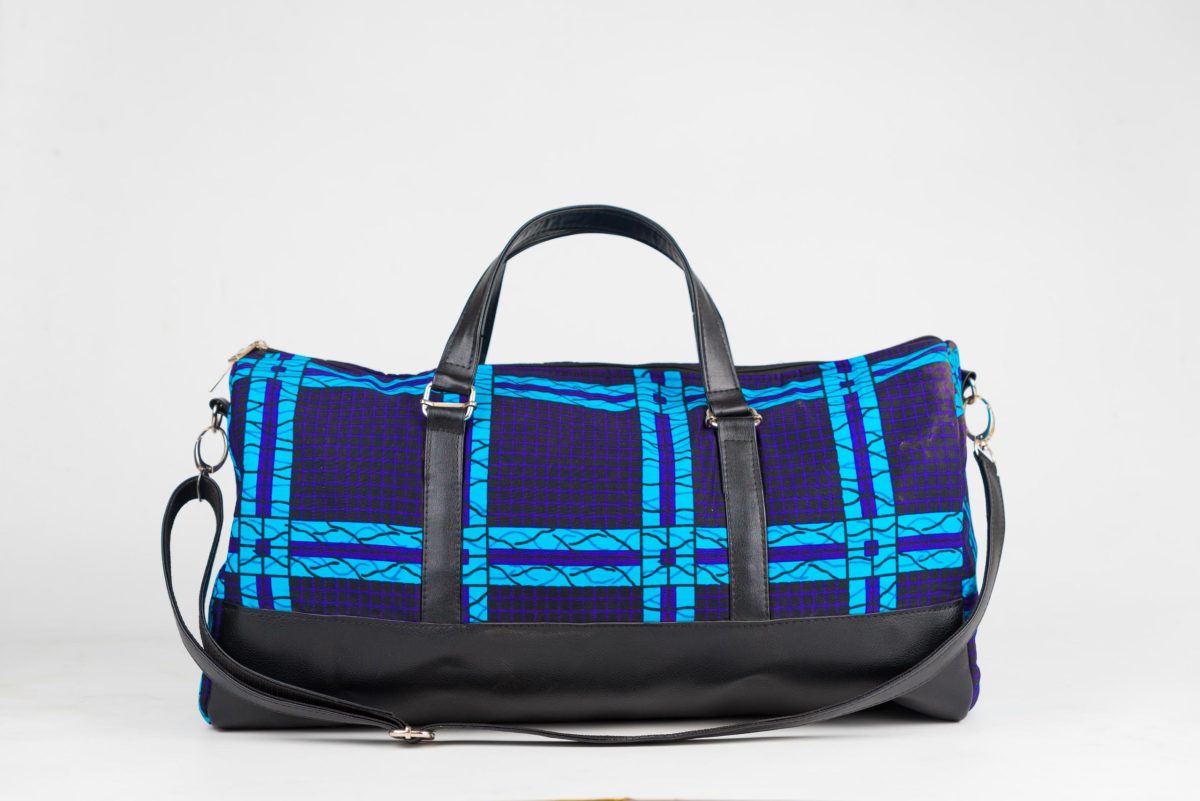
What is a Product Image?
Product image is the perception of consumers towards an existing or new product. Product image is affected both by the physical attributes of the product itself and by the psychological or imputed values of the buyer which can be cultivated and manipulated by ADVERTISING and other promotional forms.
On an eCommerce site, it is the product detail page that convinces a shopper to buy – and when the shopper is about to make the decision, there are few things more important than a product image.
According to Jeremy Smith, a conversion consultant – Sometimes, it is the simplest things that boost conversion rates the most. Product images may seem simple, but there are at least nine things you can do to build the very best product image user interface.

1. Have Clear Rules That Result In High-Quality Images
Image quality has a significant impact on eCommerce conversion. While it's relative and subjective, there are certain basic standards that come into play if you want to have the best quality consistently. When it comes to implementing your own image quality standard, consider this paraphrase of what Amazon requires to sell on its marketplace.
The image must be a professional photograph of the product being sold.
Product images must not contain gratuitous or confusing additional objects.
The image must be in focus, professionally lit, and realistic.
The full product must be in the frame.
Backgrounds must be pure white — RGB 255, 255, 255.
The image must not contain additional text, graphics, or inset images.

Now, these are Amazons rules. Brands can equally create their rules for product photos. The most important factor is that those rules are consistently adhered to. Consistency is key to having the best look an feel for visitors o your online shop
Grey or off white background colour can be used. This is like in use on saltlagos.com and asos.com. Our experience shows that photos can sometimes look better on that colour than they look on pure white.
You can also work with a resolution of 1080*1350 px because it typically brings the product closer to the viewer.
The most important thing is to determine and a standard and keep the that standard always.
2. Use the Proper Size (kb) and Resolution (px)
In addition to having a relevant and high-quality image, Amazon also recommends that each product image should be at least 1,000 pixels in width or height when it comes to the resolution. Using this resolution ensures that images don't pixelate or look blurry on larger display devices like monitors and tv screens.
In terms of size, keeping your product images as well below 500kb as possible is the best way to go. This will ensure your online shop loads faster on all sorts of devices. A slow website is a turn off for customers.
This should apply to your website as well, be sure to conduct tests at the same time and over a period of a few weeks or even a month.
As above, you can create your own rules. We typically go with 1080*1350 because it brings the product closer to the viewer and we recommend that 800px be the least resolution of your product images.
3. Adding Several Angles to Your Product Images is Very Helpful
For some products, an eCommerce product image competes against the experience of holding and inspecting the product in a physical store. With this in mind, it is important to consider showing your products from multiple angles.
4. Display Each Color or Option with Different Product Images
Whether you are selling backpacks that come with a yellow, blue, or green handle or dresses that come in rose red, green, or purple, ensure you display an image for each color or option.
This helps visitors have a clarity of what to expect from each colour of the product. It also improves their chances of buying the product because they would trust the brand more for showing the color variations.

5. Use a Close Up Shot to Disclose Materials and Details
When you want to shop for a ring light on Jumia’s eCommerce site you will find product images that show in detail what you are buying. You can see the adjustable tripod, the stand length, and the adjustable phone holder in between the ring light.
These images will give the buyer a better sense of the product’s value. Ensure to use individual, up-close images to show specific product features, textures, or materials. Here are steps to effectively use close-up shots to highlight materials and details:
6. Your Product Images Should Give a Sense of Context and Scale
For some products, the sizes may not be obvious. Show these items in context so shoppers can easily gain a sense of scale. If your store sells a television console, show both an isolated image on a white background (your main product image) and a picture of the console in a home with a television sitting on it.
Creating product images that provide a sense of context and scale is crucial for online shoppers, as it helps them visualize the product's size, features, and use in real-life scenarios. Here are several strategies to ensure your product images convey context and scale effectively:
7. Lighting is Key to Bringing Out the Best in Your Product Images
As said above, 93% of consumers consider product images essential in purchasing decisions. The best images require good lighting. Be it natural light or artificial light, it is important to get this right. The right lighting arrangement helps you reveal those critical decision-making product features for your website visitors so investing time and effort into understanding and implementing good lighting techniques can significantly improve the quality and effectiveness of your product images. This, in turn, can positively impact customer perception, sales, and overall brand reputation.
Light modifiers are crucial tools in product photography because they allow photographers to control and manipulate light effectively, resulting in better quality and more visually appealing images. Here are several reasons why using light modifiers is important in product photography:
Natural Light: Utilize natural light whenever possible as it provides a soft, even illumination. Position your products near windows or in well-lit areas to capture natural sunlight.
Artificial Light: If natural light is not sufficient or consistent, invest in good quality artificial lighting. Consider using studio lights, softboxes, or LED panels designed for photography.
Front Lighting: Illuminating your product from the front can provide even lighting and showcase details clearly.
Side Lighting: Creating shadows with side lighting can add depth and dimension to your product, especially for three-dimensional items.
Backlighting: Backlighting can create a halo effect around your product, emphasizing its outline and creating a dramatic look.
Use Light Modifiers: Experiment with light modifiers such as grids, gels, or colored filters to create specific effects or correct color casts. Many artificial light sources, such as bare bulbs or direct flashes, can produce harsh and unflattering light that creates strong shadows and highlights. Light modifiers such as softboxes, umbrellas, and diffusers help soften this light by spreading it out more evenly, reducing harsh shadows and creating a smoother, more pleasing appearance on the product.
8. Include Customers’ Photos as Part of Your Product Images Where Possible
While it is necessary to have “professional” product images, it is also a good idea to include user-supplied images – that way the customer can picture or imagine how it would look like. Luckily eCommerce typically allows you to have a collection of images representing one product.
Integrating customers' photos into your product images where possible adds authenticity, builds trust, enhances engagement, and drives conversions, making it a valuable strategy for e-commerce and marketing success. Authenticity and social proof included in your marketing efforts are always going to be winners. Here are steps to help you effectively include customers' photos:

To conclude, product images serve as the main tool for convincing your customers, as you do not have the option of a salesperson. Stores that do not have images of the products will struggle to convince visitors to buy regardless of having a nice professional write up that describes the product. In the picture-less scenario what will the customer buy if they have no idea about what you are offering?
This is why the importance of a product image can not be overemphasised as it creates an impression on the buyer and enhances the product description which makes it appealing for the visitors of the store.




